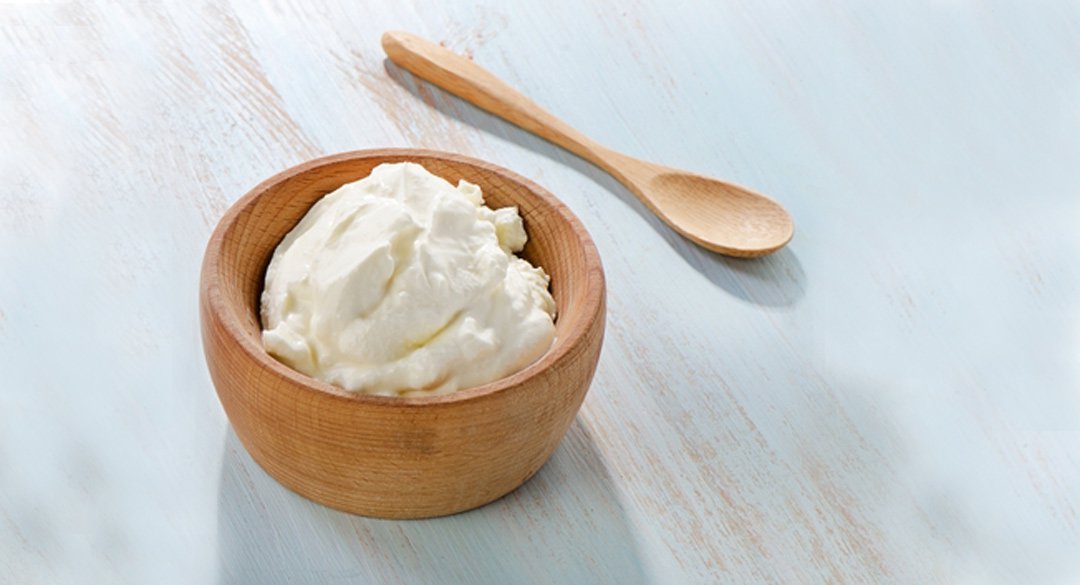Got a Yeast Infection? Try These Easy Home Remedies

Three out of four women will experience at least one yeast infection in their lifetimes. If you’ve had one, you know the signs: severe vaginal itching and irritation accompanied by a thick, white discharge. Sometimes you might feel a burning sensation during urination or sex. Yeast infections certainly aren’t pleasant, but under most circumstances, they’re easy to treat.
What causes a yeast infection?
The vagina always contains small amounts of yeast. When you’re healthy, that yeast (technically, a fungus known as Candida albicans) exists in harmony with your immune system and your other normal vaginal microorganisms. But when something disrupts this balance, the yeast can grow quickly, becoming dense enough to cause the symptoms of a full-blown infection.
Antibiotics are one of the most common culprits in causing yeast infections, because they destroy vaginal bacteria and thereby disrupt the balance of power among the vaginal microorganisms. This balance is also affected by hormone levels, so women are more prone to yeast infections if they’re using hormonal contraceptives, during pregnancy, or just prior to menstruation. Yeast infections are also more common in women with compromised immune systems due to illnesses like diabetes, AIDS, or cancer. In fact, anything that weakens your immune system—stress, lack of sleep, consumption of alcohol, and even refined sugar—can lead to an overgrowth of yeast.
How should I treat a yeast infection?
OTC Treatment
Fortunately, most yeast infections are not serious. Left untreated, yeast infections will usually go away on their own, but the severe itching can be hard to tolerate for some. Fortunately, the infections respond well to over-the-counter antifungal creams or suppositories, so if you’re sure you have a yeast infection, go ahead and try an OTC yeast infection medication like Monistat or yeast arrest suppositories, which contain boric acid, a mild antiseptic. However, pregnant women should avoid boric acid.
Home Remedies
Some people find soaking in an apple cider vinegar bath offers relief, as the vinegar can help restore normal acidity to the vagina. Add two cups of vinegar to a shallow warm—not hot—bath, and soak for 15 minutes. Make sure you dry yourself thoroughly before getting dressed. Every body is different, but most women will see some improvement after two or three soaks.
Applying plain yogurt to the area may help to restore balance and reduce irritation. Using only plain yogurt with active cultures, once or twice a day, rub a few tablespoons’ worth around the outside of the vagina to quell irritation, or insert the same amount into the vagina. You can also dip a tampon in the yogurt, let it soak for a few minutes, and then insert it.
It’s safe to try these natural remedies before you opt for the over-the-counter medications, and they are perfectly safe to use in addition to other treatments, even for pregnant women.
Prescription
For chronic yeast infections, prescription strength boric acid is sometimes recommended, but it has to be obtained from a pharmacy that compounds drugs. The gelatin capsules are inserted into the vagina at night for two weeks, and serve as both an antiseptic and anti-inflammatory agent.
When should I make an appointment to see my provider?
The first time you experience the symptoms of a yeast infection, you should see your doctor to rule out any other conditions. Even if you’ve had a yeast infection before, you should consult your physician if the condition isn’t improving despite using medication, or if you experience four or more yeast infections per year. You might need something stronger than what’s available over-the-counter. Finally, if your discharge has a bad odor, if you have a fever, or if you have other serious medical problems, you should definitely seek medical attention.
How can I prevent future yeast infections?
The best way to reduce your risk of getting a yeast infection is to avoid things that promote the growth of yeast. Here’s how:
- Keep the vaginal area clean and dry. After showering, dry the area thoroughly. Always remove wet swimsuits and exercise clothes right away and change into cotton pants without underwear. Limit the amount of time you spend in hot tubs or very hot baths.
- Let the area breathe. Wear cotton, not nylon, underwear; and avoid tights and pantyhose without a cotton lining, as well as tight pants. Consider not wearing underwear during sleep to allow some airflow.
- Watch your sugar intake, including alcohol! Sugar is the main food source for yeast.
- Take probiotics, especially if you are taking antibiotics. Probiotics, found in cultured foods like yogurt and especially in Activia, help restore your normal vaginal bacteria.
- Finally, always avoid douches, feminine sprays, deodorant tampons, and even bubble baths, which may contain chemicals that can be irritating.
The One Medical blog is published by One Medical, a national, modern primary care practice pairing 24/7 virtual care services with inviting and convenient in-person care at over 100 locations across the U.S. One Medical is on a mission to transform health care for all through a human-centered, technology-powered approach to caring for people at every stage of life.
Any general advice posted on our blog, website, or app is for informational purposes only and is not intended to replace or substitute for any medical or other advice. 1Life Healthcare, Inc. and the One Medical entities make no representations or warranties and expressly disclaim any and all liability concerning any treatment, action by, or effect on any person following the general information offered or provided within or through the blog, website, or app. If you have specific concerns or a situation arises in which you require medical advice, you should consult with an appropriately trained and qualified medical services provider.
